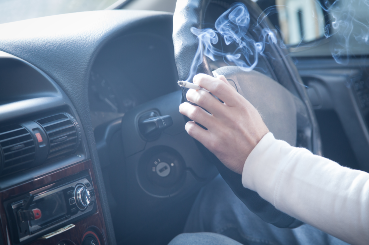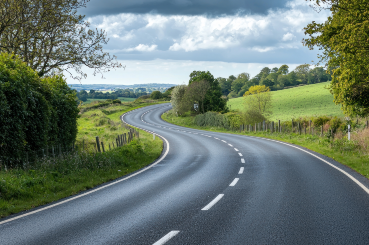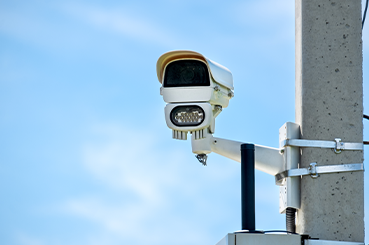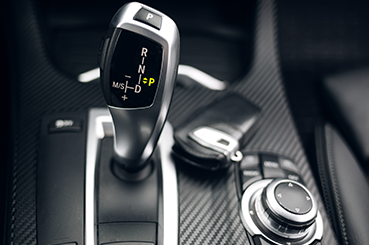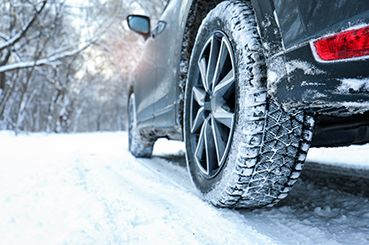Many modern cars are now offered with different driving modes, but what exactly are they and how do they affect your driving experience?
Driving modes essentially offer you the chance to choose how you want to drive and alter this to meet different circumstances. While driving modes may seem like a relatively new phenomenon, their history may stretch much further back.
History of driving modes
Pinpointing the beginning of different driving modes can be difficult as manufacturers have all taken a slightly different approach. However, many would argue the origins lay in early Land Rovers which offered different ‘driving modes’ allowing you to change the four-wheel-drive options using the extra gearstick.
The more modern iteration of different driving modes lets you change the driving mode at the touch of a button, thanks to the development of more sophisticated operating systems.
Like many new features now found in cars, different driving modes were first offered in luxury and high-end make and model cars. Gradually this technology has fed down into more mainstream models and has become a common feature on a lot of current vehicles.
What is the point of different driving modes?
Most modern cars are controlled by an Engine Control Unit (ECU) a sophisticated system that can control the car’s main components including engine transmission, suspension, steering and braking. This has allowed car manufacturers to offer different driving modes that change the handling, dynamics and efficiency of a vehicle at the touch of a button. This has essentially enabled manufacturers to offer one car that can fulfil multiple roles more seamlessly.
For example, when on your commute, you may wish to be in the most efficient drive mode setting to ensure the best fuel efficiency. However, on a long journey, you may prefer quicker responses and better performance from your car. Thanks to different driving modes, this is now all possible from just one car.
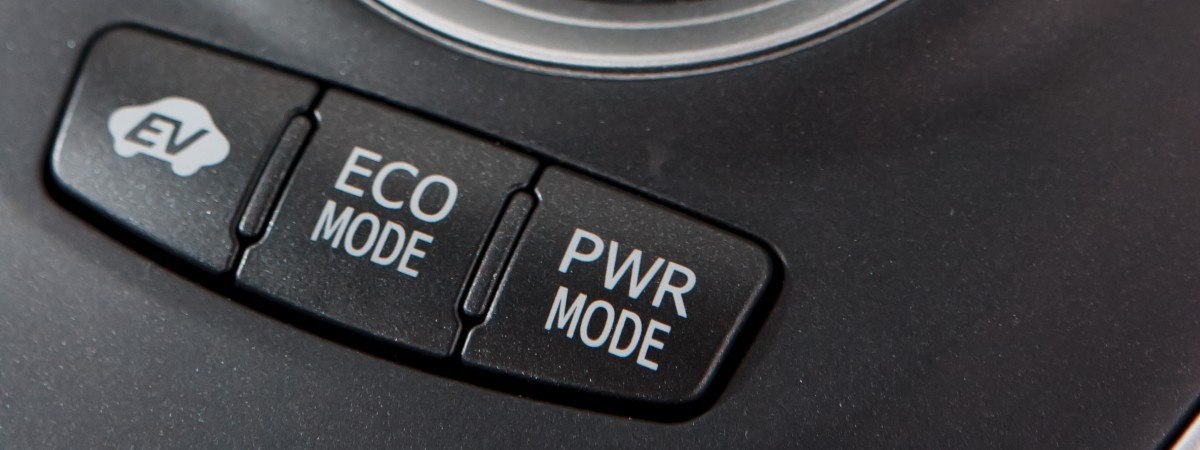
What happens when you choose a driving mode?
Exactly what happens when you choose or change a driving mode depends on the make and model car you choose and the driving mode you select. However, some common variations will occur to the car’s settings across the different available driving modes.
Driving modes can alter the sensitivity of the throttle pedal, the amount of fuel going into the engine, the amount of computer traction available and variations on the suspension settings.
These variations may alter in conjunction or separately to bring about changes in how the car drives and feels.
Common drive mode settings
While the actual driving modes will vary between different make and model cars, some driving modes are fairly common (although bear in mind they may have a slightly different name):
Sports Mode
Sports mode is offered to make the car more fun and engaging. The degree of intensity of this mode varies quite widely depending on the car manufacturer and the car model. In some cases, Sports mode should only be used if you are taking your car to the track. However, in many cars, it simply produces a more engaging and potent ride-quality.
In sports mode, the throttle will become more responsive, meaning the car accelerates more readily. In addition, more fuel is introduced into the engine to increase the available power, the steering gets heavier and the suspension will stiffen.
In some cars, the suspension can stiffen to such a degree that it reduces the action of the car’s traction control. It is these really potent Sports mode variants that are more suited to track performance and should not be used on normal roads.
Eco Mode
Eco mode is designed to reduce fuel consumption and improve the car’s efficiency. To achieve this, the amount of fuel allowed into the engine is often reduced, and some of the engine cylinders may be shut down. The throttle response often reduces to help the driver use less fuel and improve mileage capabilities, but this can make the car feel slower.
Comfort Mode
Comfort offers the ideal setting for long commutes as it helps make sure the car runs as smoothly and comfortably as possible. It offers a good balance between Eco and Sport settings and is ideal for day-to-day use.
The suspension is usually in its softest setting to help smooth out any bumps or jolts in the road. Steering is lightened to ensure minimum effort is required, while in automatics the gear changes may come earlier to allow for a smoother and steadier ride-quality.
Snow Mode
Helping to improve car safety, snow mode assists the driver in wintry conditions which can often be tricky.
Throttle input is usually lowered, and braking power becomes gentler, to help provide the stability you need in snowy conditions. Traction control becomes more active to increase grip, and automatic transmission cars will select the highest gear possible to help stabilise the car.
Individual/custom Mode
An increasingly popular option, individual mode allows the driver to alter certain settings to their specific preferences. This option offers the most flexibility to the driver, however, there are some limitations on the combinations you can select to ensure your drive remains safe and effective.
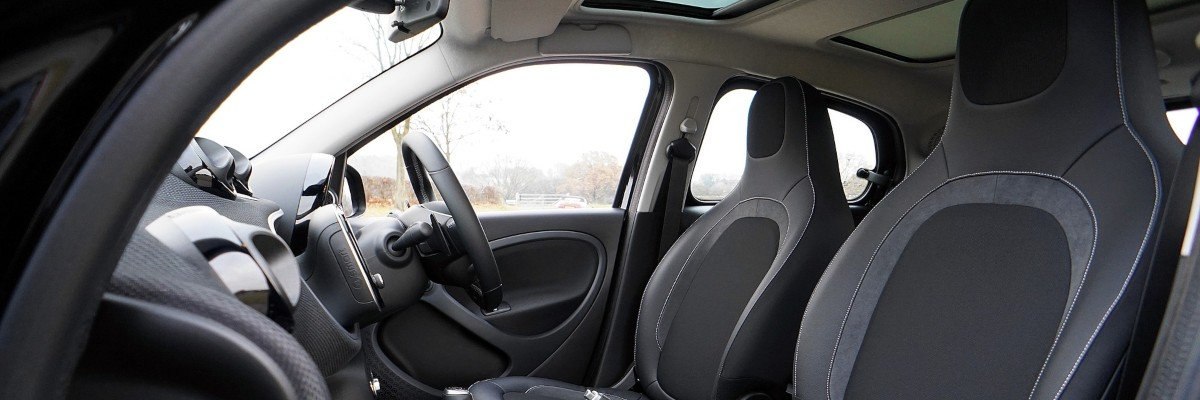
Do different driving modes actually make a difference?
Unfortunately, the answer is far from clear cut, as it really depends on the make and model car you choose. While some manufacturers have worked hard to ensure their driving modes offer noticeable differences, others offer more subtle changes to the cars handling conditions.
When it comes to choosing a car with different driving modes, the best thing to do is to try out the various options on a test drive and see what you think.
How to select a driving mode?
In a lot of modern cars, different driving modes can be selected at the touch of a button and in some cars can be changed through the touchscreen infotainment system.
While the position of the driving mode selector button varies from car to car, it is always positioned within easy reach of the driver.

Finding a car with different driving modes
If you’re looking for a car with different driving modes, why not take a look at all of our available new, nearly new and used cars. Alternatively, get in touch with your local Stoneacre branch to see what we can do for you.
